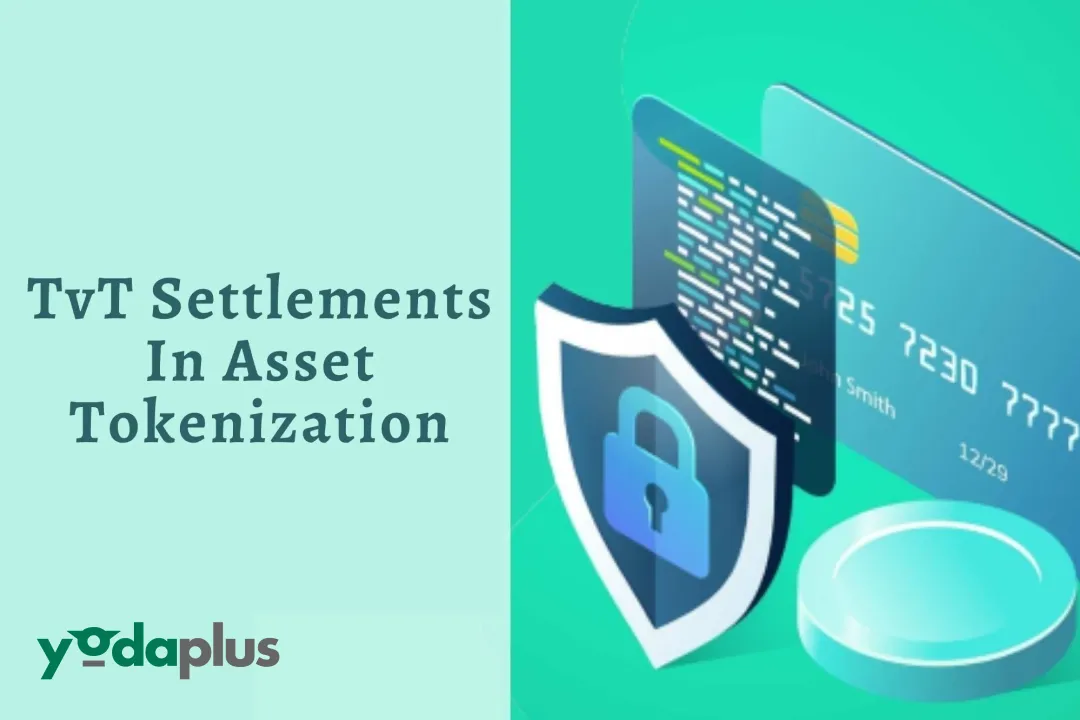“Tokenization” is a concept that is being highly talked about in the Financial and Defi sector today. Both established financial institutions and newcomers are heavily investing in projects aimed at converting securities into digital tokens, which are digital representations of value
In this blog, we’re going to talk about Token vs Token Settlements, but before that, we will need to understand what securities are.
Securities And Its Settlements
Securities are tradable financial assets issued to raise funds from investors. Historically, securities were issued as paper certificates and the bearer was presumed to be the owner (bearer securities). However, moving paper certificates around is costly and risky. Therefore, Central Securities Depositories (CSDs) were set up to dematerialize paper certificates, and eliminate the need to settle trades by physical transfers.
The transfer of ownership in compliance with the conditions of an underlying agreement is known as a Securities Settlement. The arrangement is usually to either sell securities, utilize securities as collateral for other commitments, or lend securities.
The principal risk is a major consideration when settling securities trades. This is the risk in which one party in a transaction could lose the entire value of the transaction – for example, the chance that a seller of securities will transfer the securities irreversibly but not get paid. Binding the delivery and payment legs so that the securities move if and only if the associated cash transfer occurs is one technique to reduce primary risk. This method is known as Delivery versus Payment (DvP).
What Happens In A Token Vs Token Transaction?
Token-vs-token transactions can happen on a single ledger or across two. DvP will be accomplished in a variety of ways.
An atomic swap smart contract is used to coordinate clearing and settlement if security tokens and currency tokens are both on the same ledger. This settlement can be done in a variety of ways, but the end result is an instantaneous and simultaneous transfer of two tokens. In a nutshell, an atomic settlement could lead to DvP in the following way:
The seller and buyer of security tokens each submit their tokens as inputs to a single smart contract, along with the transaction instructions (using digital signatures).
On the distributed ledger, the smart contract is submitted for validation. There are two possible outcomes to this method:
(a) The transaction has been verified. DvP is achieved when cash and security tokens are sent quickly and simultaneously to their respective receivers. This entails invalidating old tokens (inputs) and generating new tokens (outputs) that are delivered to their new owners, in particular smart contracts.
(b) The transaction is not confirmed, and the tokens are returned to their original owners.
If the security tokens and the cash token exist on separate ledgers, then either a centralized party could be established to coordinate the transfer, or a hash timelock contract (HTLC) could be employed.
Future Direction
Any move from account-based to token-based systems will require interoperability between account- and token-based systems. Due to the independent administration of each system, tokenization of different assets is likely to happen at different times. All assets may not be tokenized at the same time, even within a single system.
The use of tokens and the underlying DLT could provide a variety of advantages. It has the potential to simplify securities settlement by allowing for simpler, more direct holding systems. It can also help with more automation by utilizing smart contracts. The pace at which we’re moving towards tokenization won’t matter, but the end result of tokenizing our securities and assets will be beneficial to us in the long run.


